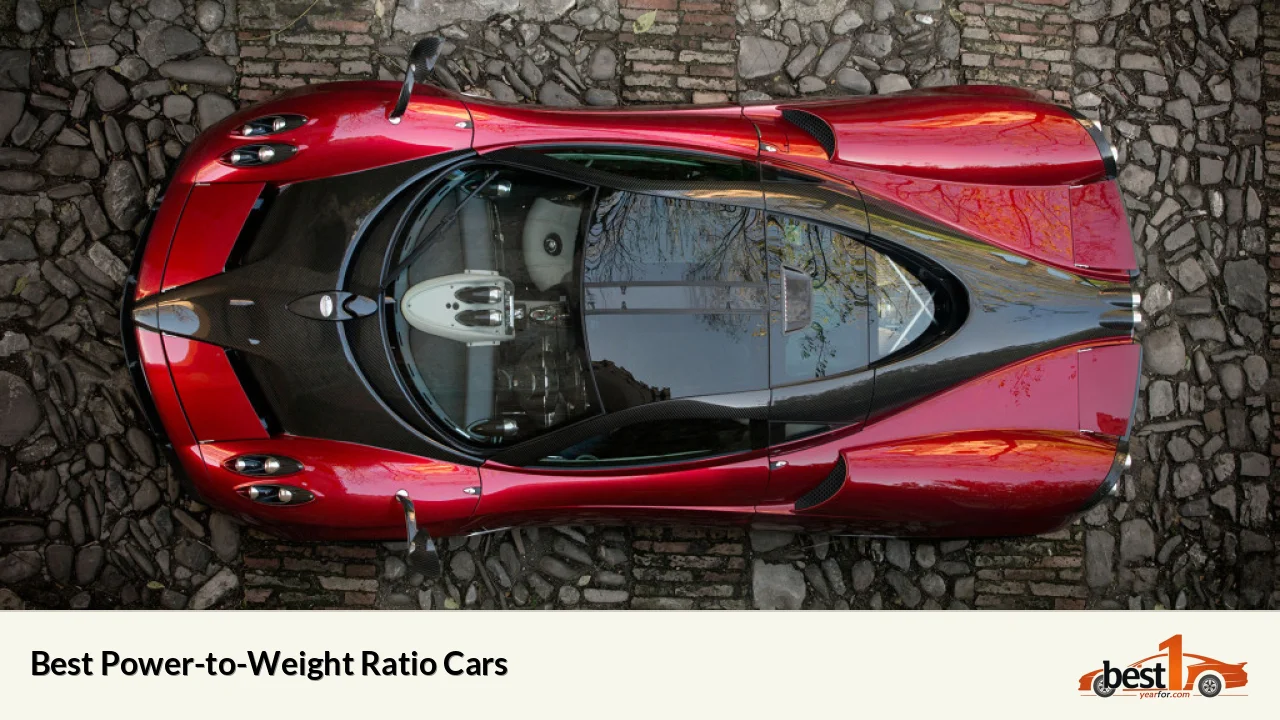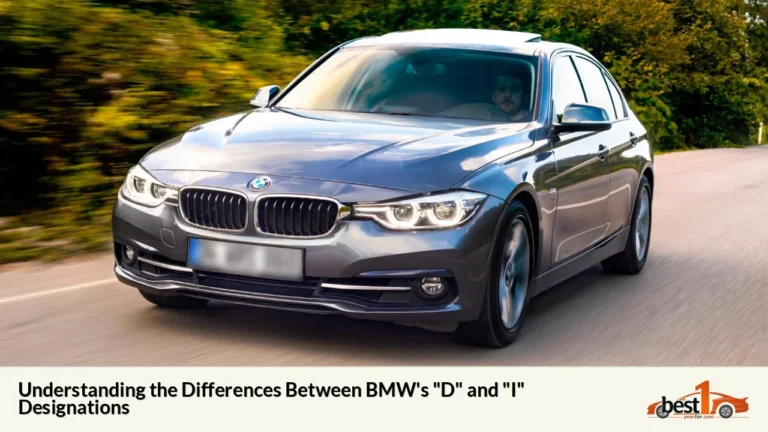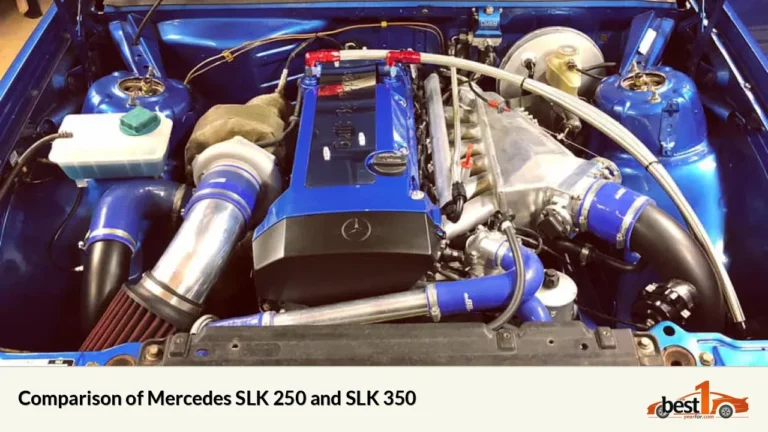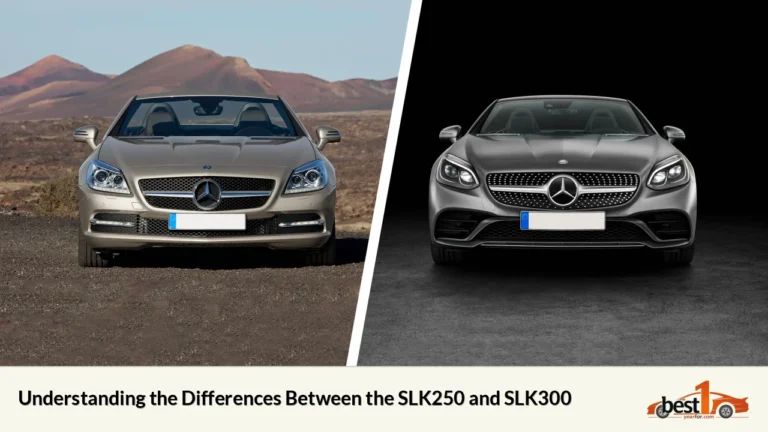In the world of high-performance automobiles, power-to-weight ratio is a crucial metric that separates the good from the extraordinary. This ratio, typically measured in horsepower per ton or pounds per horsepower, is a key indicator of a vehicle's potential performance. It's not just about raw power; it's about how efficiently that power can propel the car's mass. In this comprehensive guide, we'll explore the eight cars that have achieved the most impressive power-to-weight ratios, delving into what makes them engineering marvels and the pinnacle of automotive performance.
| Rank | Car Model | Power-to-Weight Ratio (kg/PS) | Horsepower | Weight (kg) |
|---|---|---|---|---|
| 1 | SSC Tuatara | 0.70 | 1774 | 1274 |
| 2 | Hennessey Venom F5 | 0.73 | 1842 | 1360 |
| 3 | Zenvo Aurora Tur | 0.77 | 1876 | 1450 |
| 4 | Koenigsegg Jesko Absolut | 0.79 | 1625 | 1290 |
| 5 | Deus Vayanne | 0.80 | 2212 | 1810 |
| 6 | Koenigsegg Gemera | 0.89 | 2300 | 2090 |
| 7 | Czinger 21C | 0.90 | 1368 | 1240 |
| 8 | Lotus Evija | 0.92 | 2012 | 1887 |
SSC Tuatara: The Apex of Power-to-Weight Engineering
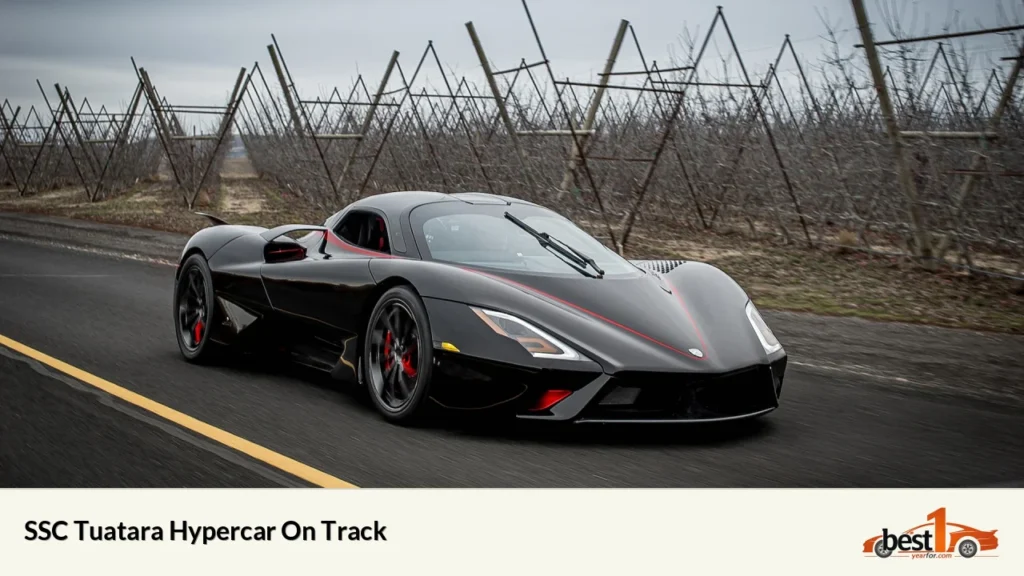
The SSC Tuatara stands at the pinnacle of automotive engineering, boasting an astonishing power-to-weight ratio of 0.70 kg/PS. This American-made hypercar is a testament to what's possible when cutting-edge technology meets relentless pursuit of performance. At the heart of the Tuatara lies a 5.9-liter twin-turbocharged V8 engine, meticulously crafted to produce a mind-boggling 1,774 horsepower[1].
What truly sets the Tuatara apart is its lightweight construction. Tipping the scales at just 1,274 kg, it utilizes advanced carbon fiber composites throughout its chassis and body panels. This featherweight approach, combined with its monstrous power output, results in a car that can accelerate from 0-60 mph in a mere 2.5 seconds and achieve a top speed of 475 km/h (295 mph)[2].
The Tuatara's aerodynamic design is equally impressive, with a drag coefficient of just 0.279, making it one of the most slippery production cars ever built. This combination of power, lightweight construction, and aerodynamic efficiency places the SSC Tuatara in a league of its own, setting new standards for what's possible in the realm of high-performance automobiles[1].
Hennessey Venom F5: American Muscle Meets Hypercar Technology
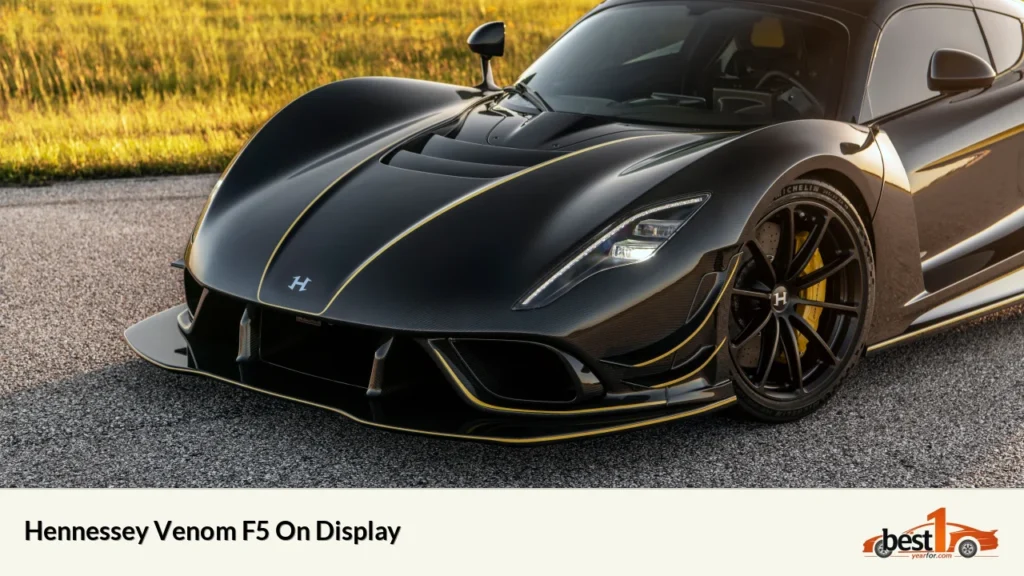
Following closely behind the SSC Tuatara is the Hennessey Venom F5, a Texas-born hypercar that exemplifies American engineering prowess. With a power-to-weight ratio of 0.73 kg/PS, the Venom F5 is a force to be reckoned with in the hypercar world. Its heart is a custom-built 6.6-liter twin-turbocharged V8 engine, nicknamed "Fury," which produces an earth-shattering 1,842 horsepower[3].
The Venom F5's lightweight construction is equally impressive, with a carbon fiber monocoque chassis and body panels that bring the total weight down to just 1,360 kg. This combination of immense power and lightweight design allows the Venom F5 to accelerate from 0-100 km/h in a blistering 2.6 seconds, with a theoretical top speed of over 500 km/h (311 mph)[2].
What sets the Venom F5 apart is not just its raw performance figures, but also its focus on driver engagement. Despite its cutting-edge technology, the car maintains a connection to its muscle car roots, offering a visceral driving experience that's becoming increasingly rare in the world of hypercars[3].
Zenvo Aurora Tur: Danish Precision Meets Hypercar Performance
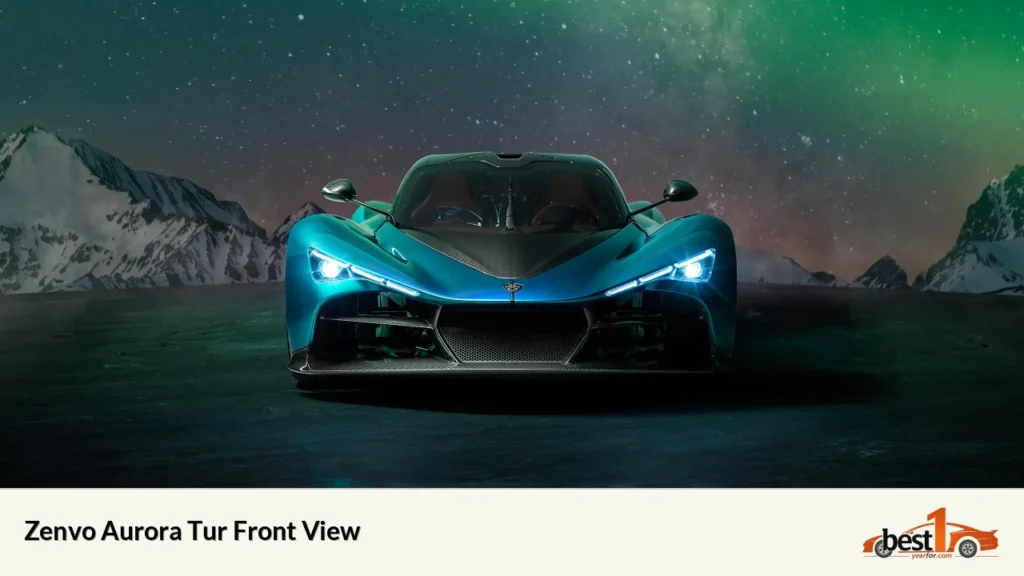
The Zenvo Aurora Tur represents the pinnacle of Danish automotive engineering, securing its place among the elite with a power-to-weight ratio of 0.77 kg/PS. This hypercar is powered by a bespoke 6.6-liter quad-turbocharged V12 engine, coupled with a sophisticated hybrid system, delivering a combined output of 1,876 horsepower[4].
Weighing in at 1,450 kg, the Aurora Tur achieves its impressive power-to-weight ratio through extensive use of carbon fiber and other lightweight materials. The car's design is a perfect blend of form and function, with active aerodynamics that adapt to driving conditions, ensuring optimal performance whether on the track or the open road[2].
One of the most striking features of the Aurora Tur is its innovative gearbox. Zenvo has developed a unique hybrid transmission that combines the best aspects of traditional manual gearboxes with the efficiency of modern automatics, providing an engaging driving experience without compromising performance[4].
Koenigsegg Jesko Absolut: Swedish Engineering at Its Finest
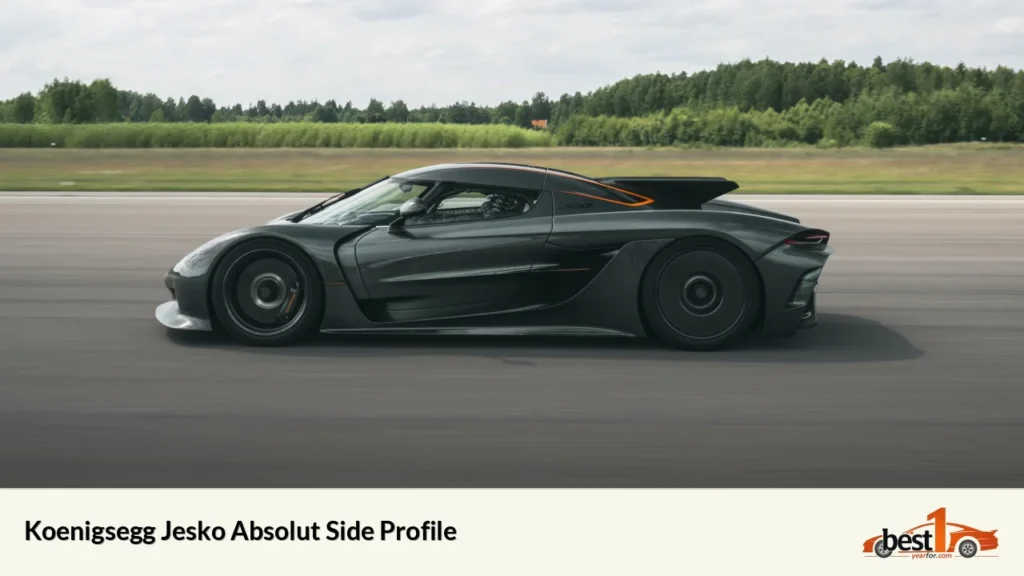
The Koenigsegg Jesko Absolut stands as a testament to Swedish engineering excellence, boasting a power-to-weight ratio of 0.79 kg/PS. At its core is a 5.0-liter twin-turbocharged V8 engine that produces an astounding 1,625 horsepower when running on E85 biofuel[5].
What truly sets the Jesko Absolut apart is its aerodynamic efficiency. Koenigsegg claims it's the most aerodynamic car they've ever created, with a drag coefficient of just 0.278. This slippery profile, combined with its lightweight carbon fiber construction weighing just 1,290 kg, allows the Jesko Absolut to achieve a theoretical top speed of 531 km/h (330 mph), making it a contender for the title of world's fastest production car[2].
The Jesko Absolut also features Koenigsegg's groundbreaking Light Speed Transmission (LST), a nine-speed multi-clutch gearbox that allows for near-instantaneous gear changes. This innovative transmission, coupled with the car's advanced aerodynamics and powerful engine, creates a driving experience that's truly in a class of its own[5].
Deus Vayanne: Austrian Innovation in the Hypercar Arena
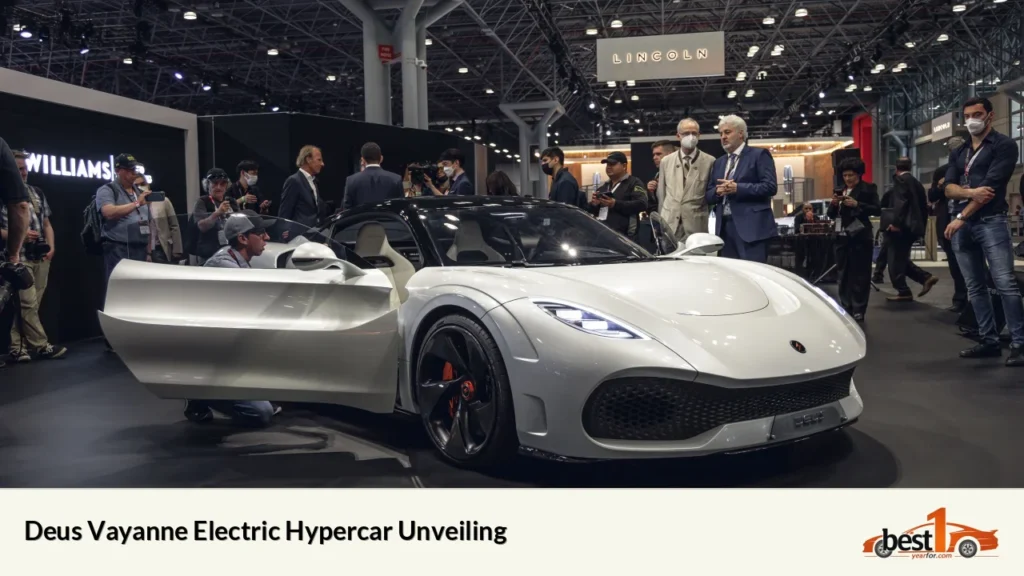
The Deus Vayanne represents a bold entry into the hypercar market from Austria, showcasing the potential of electric powertrains with a power-to-weight ratio of 0.80 kg/PS. This all-electric hypercar boasts an impressive 2,212 horsepower, making it one of the most powerful production cars in the world, regardless of powertrain type[6].
Weighing in at 1,810 kg, the Vayanne is heavier than some of its combustion-engined counterparts, but its massive power output more than compensates. The car's electric powertrain allows for instant torque delivery, enabling it to accelerate from 0-100 km/h in just 1.99 seconds[2].
What sets the Vayanne apart is its focus on usability alongside performance. Despite its hypercar status, Deus has designed the car to be comfortable and practical for daily use, with features like adjustable ground clearance and a spacious interior. This blend of extreme performance and everyday usability makes the Vayanne a unique proposition in the hypercar market[6].
Koenigsegg Gemera: The Megacar Redefining Performance
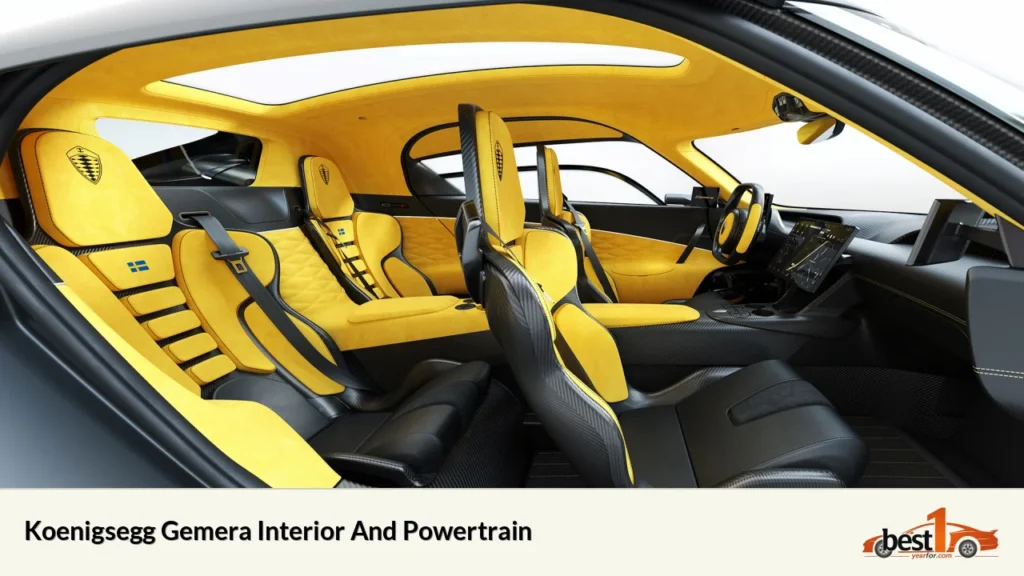
The Koenigsegg Gemera stands out in this list not just for its impressive power-to-weight ratio of 0.89 kg/PS, but also for its unique configuration as a four-seat "megacar." Powered by a revolutionary hybrid powertrain that combines a 2.0-liter three-cylinder engine with three electric motors, the Gemera produces a combined output of 2,300 horsepower.
Despite its larger size and four-seat layout, the Gemera maintains an impressive weight of 2,090 kg, thanks to extensive use of carbon fiber and other lightweight materials. This combination of power and relatively low weight allows the Gemera to accelerate from 0-100 km/h in a mere 1.9 seconds[2].
What truly sets the Gemera apart is its versatility. It's designed to be as comfortable on long road trips as it is on the track, with ample space for four adults and their luggage. This blend of hypercar performance with grand tourer practicality makes the Gemera a unique proposition in the automotive world.
Czinger 21C: 3D Printed Innovation Meets Hypercar Performance
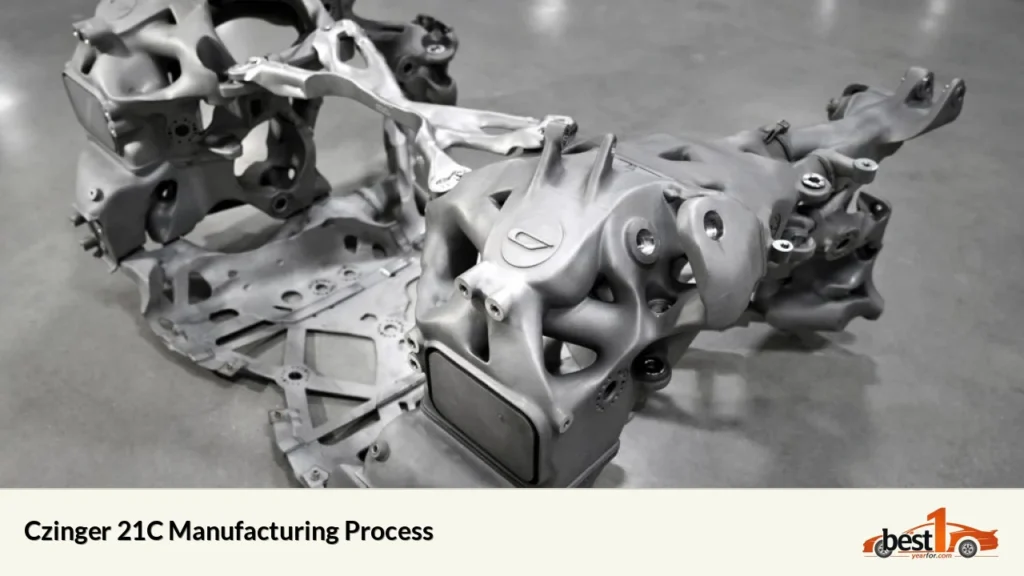
The Czinger 21C represents a revolutionary approach to hypercar design and manufacturing, achieving a power-to-weight ratio of 0.90 kg/PS through innovative use of 3D printing technology. At its heart is a 2.88-liter twin-turbocharged V8 engine combined with electric motors, producing a total of 1,368 horsepower[7].
What truly sets the 21C apart is its construction. Czinger uses AI-driven design and 3D printing to create complex, lightweight structures that would be impossible to produce using traditional manufacturing methods. This approach results in a car that weighs just 1,240 kg, despite its hybrid powertrain[2].
The 21C's performance is equally impressive, with a claimed 0-100 km/h time of 1.9 seconds and a top speed of 452 km/h (281 mph). But perhaps more significant is what the 21C represents for the future of automotive manufacturing, showcasing the potential of additive manufacturing in creating more efficient, lightweight vehicles[7].
Lotus Evija: Electric Power Meets Lightweight Design
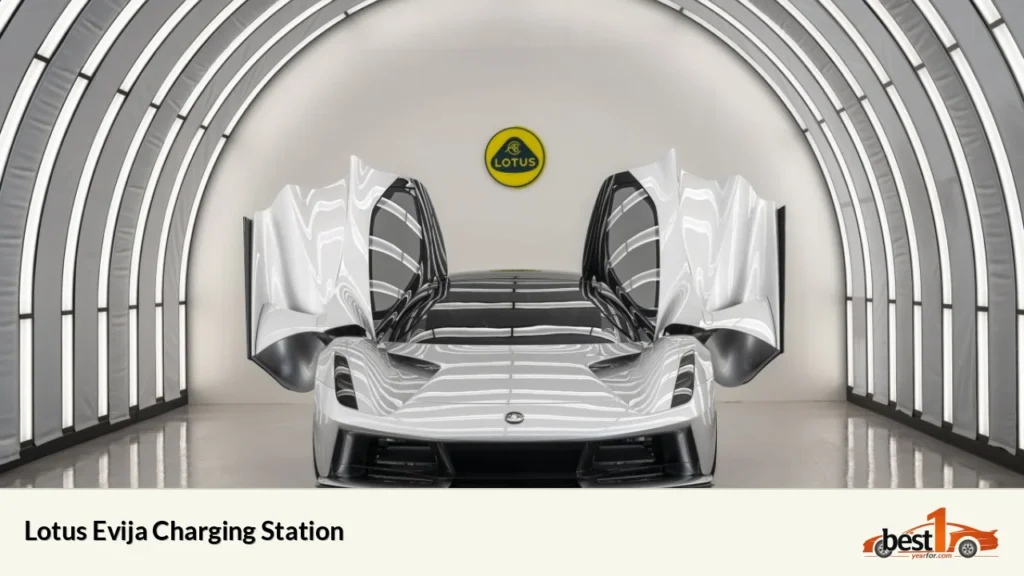
Rounding out our list is the Lotus Evija, an all-electric hypercar that stays true to Lotus's philosophy of lightweight performance, achieving a power-to-weight ratio of 0.92 kg/PS. The Evija is powered by four electric motors, one for each wheel, producing a combined output of 2,012 horsepower.
Despite the weight of its battery pack, the Evija manages to keep its total mass down to 1,887 kg through extensive use of carbon fiber and advanced composite materials. This relatively low weight, combined with its immense power output, allows the Evija to accelerate from 0-100 km/h in under 3 seconds[2].
What sets the Evija apart is not just its performance, but also its focus on aerodynamics and cooling. The car features a unique "porosity" design philosophy, with air channels running through the body to reduce drag and improve downforce. This innovative approach to aerodynamics, combined with its electric powertrain, makes the Evija a glimpse into the future of high-performance automobiles.
FAQs
- What is power-to-weight ratio and why is it important?
Power-to-weight ratio is the vehicle's horsepower divided by its weight. It's crucial because it directly affects acceleration, handling, and overall performance. - Which car has the best power-to-weight ratio?
According to our list, the SSC Tuatara has the best power-to-weight ratio at 0.70 kg/PS. - Are electric cars competitive in terms of power-to-weight ratio?
Yes, electric cars like the Lotus Evija demonstrate that they can achieve impressive power-to-weight ratios, competing with traditional combustion engine hypercars. - How do manufacturers achieve such high power-to-weight ratios?
They use lightweight materials like carbon fiber, advanced aerodynamics, and powerful engines or electric motors to maximize power while minimizing weight. - Does a high power-to-weight ratio always mean better performance?
- While it indicates potential for speed, other factors like aerodynamics and handling also affect overall performance.
Citations:
- 1. https://www.topspeed.com/electric-cars-best-power-to-weight-ratio/
- 2. https://uk.motor1.com/news/696959/cars-best-power-weight-ratio/
- 3. https://www.encycarpedia.com/top/highest-power-weight-hp-tonne
- 4. https://autos.yahoo.com/ranked-best-power-weight-ratio-083329180.html
- 5. https://www.iseecars.com/performance/luxury-cars
- 6. https://www.topspeed.com/american-cars-with-the-best-power-to-weight-ratios/
- 7. https://www.caranddriver.com/rankings/best-sports-cars/performance

